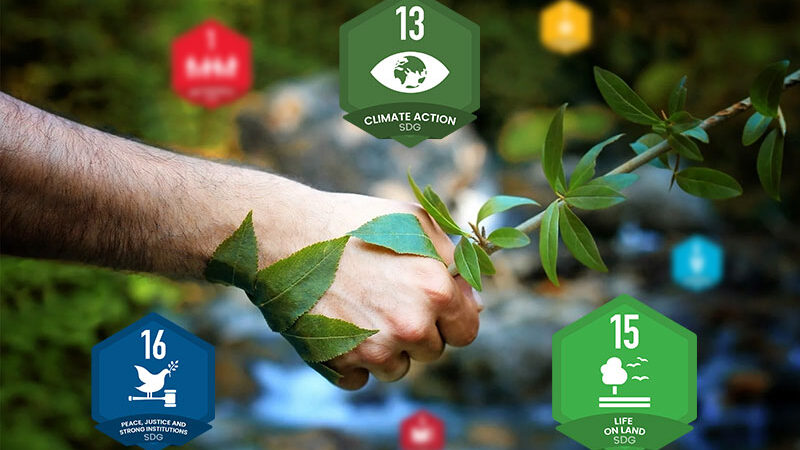
Sustainable brand strategy is not just about reducing your environmental impact or supporting social causes. It’s also about communicating your values, goals, and achievements to your customers in a way that builds trust, loyalty, and differentiation. In this article, you’ll learn some best practices for crafting and delivering your sustainability message across different channels and platforms.
Define your sustainability vision and goals
Before you can communicate your sustainability efforts, you need to have a clear vision and goals for what you want to achieve and why. Your vision and goals should align with your brand identity, mission, and values, as well as the expectations and needs of your target audience. You should also make sure that your goals are SMART: specific, measurable, achievable, relevant, and time-bound. This will help you track your progress, evaluate your impact, and report your results.
Choose your communication channels and platforms
When considering your target audience, budget, and objectives, there are various channels and platforms to communicate your sustainability message. Your website is a great place to showcase your vision, goals, and accomplishments, as well as provide more details, stories, and evidence of your impact. Additionally, it can be used to invite feedback, engagement, and action from customers. Social media is a great way to share updates, stories, and achievements, as well as interact with customers and stakeholders. It can also be used to amplify your message, reach new audiences, and generate buzz and awareness. Email marketing is a great tool to send personalized and targeted messages to customers and prospects, highlighting your sustainability efforts and achievements, as well as offering incentives, rewards, and opportunities to join your cause. Lastly, packaging and labeling is a great way to display your sustainability credentials, certifications, and claims, as well as educate customers about the environmental and social benefits of your products or services.
Craft your sustainability message and tone
Crafting a sustainability message and tone that reflects your brand personality, voice, and values, as well as resonates with your target audience, is essential. To ensure your message is authentic and transparent, avoid exaggerating, greenwashing, or making false or vague claims. Instead, be honest and open about your challenges, limitations, and areas for improvement, and provide facts, figures, and sources to back up your claims and demonstrate your accountability. Additionally, make sure your sustainability efforts are relevant and meaningful by explaining why they matter to your customers and the world. Show how your sustainability goals and achievements align with your customers’ values, needs, and aspirations, and highlight the benefits and outcomes of your actions. To engage and inspire your customers, use storytelling, emotion, and humor to connect with them and make your message memorable. Finally, use calls to action, incentives, and rewards to encourage your customers to take action and support your cause.
Deliver your sustainability message and feedback
Once you have your sustainability message and tone, it is essential to ensure that it is delivered effectively and consistently across all communication channels and platforms. To do this, it is important to be clear and concise, using simple and direct language, visuals, and formats to convey your message and feedback. Utilize headlines, subheadings, bullet points, and summaries to highlight your key points and make your message easy to scan and understand. Additionally, it is important to be timely and frequent with your communication, using a regular and predictable schedule to update your customers and stakeholders on your progress, results, and impact. Celebrate your achievements and recognize your customers and partners by using milestones, events, and occasions. Finally, be responsive and interactive with your customers’ questions, comments, and feedback. Use surveys, polls, quizzes, and contests to collect feedback, insights, and ideas, and use testimonials, reviews, and ratings to showcase customer satisfaction and loyalty.
Want to discuss your strategy? Contact Us… 🙂



